Your cart is currently empty!
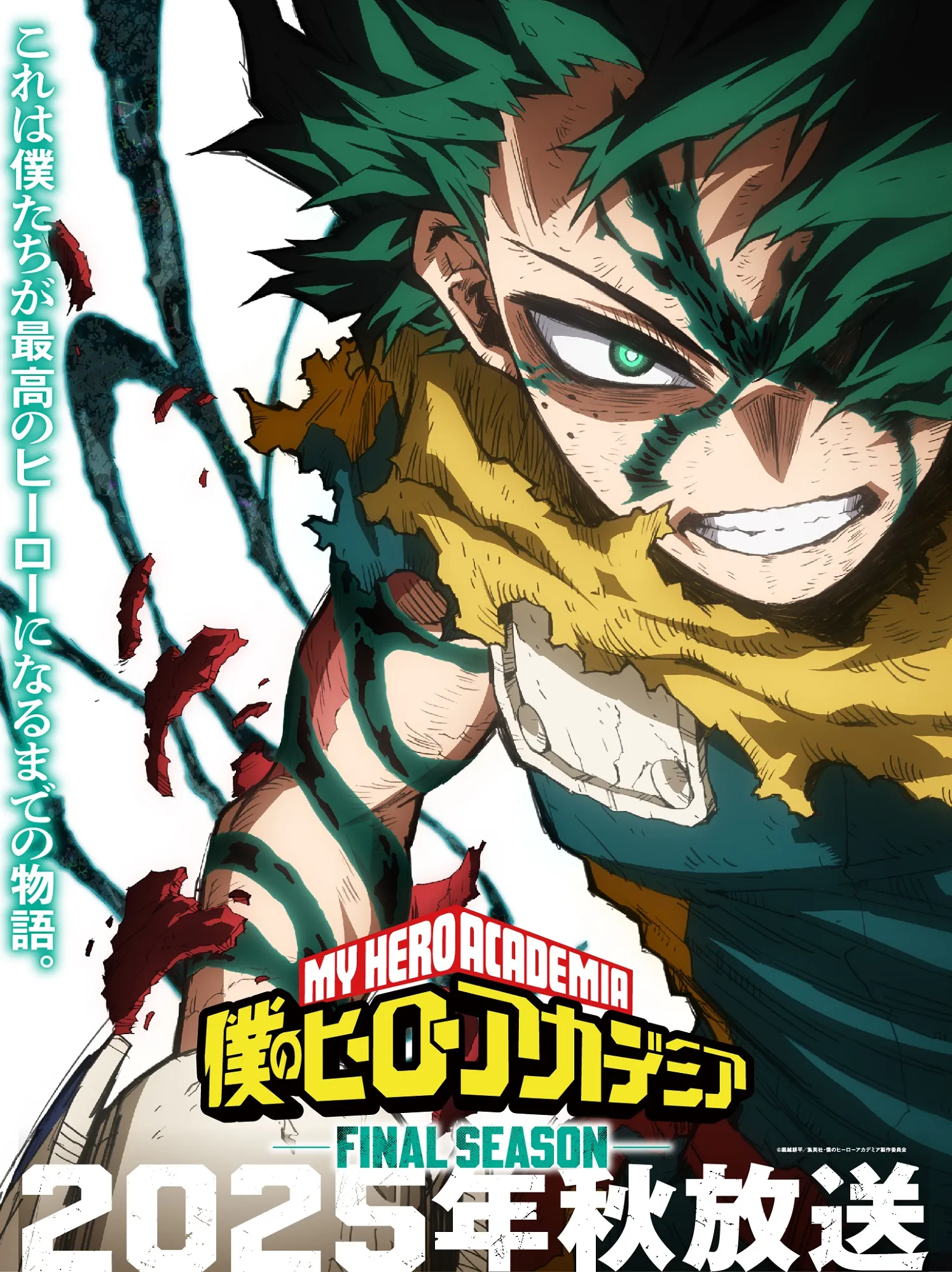
My Hero Academia: Final Season (Season 6) – The Ultimate Guide
My Hero Academia (Boku no Hero Academia) is a Japanese superhero manga series written and illustrated by Kōhei Horikoshi. The “Final Season” primarily adapts two of the most intense, consequential, and devastating story arcs from the manga: The Paranormal Liberation War Arc and The Dark Hero Arc. Season 6 is a monumental shift in the series’ tone, escalating from…
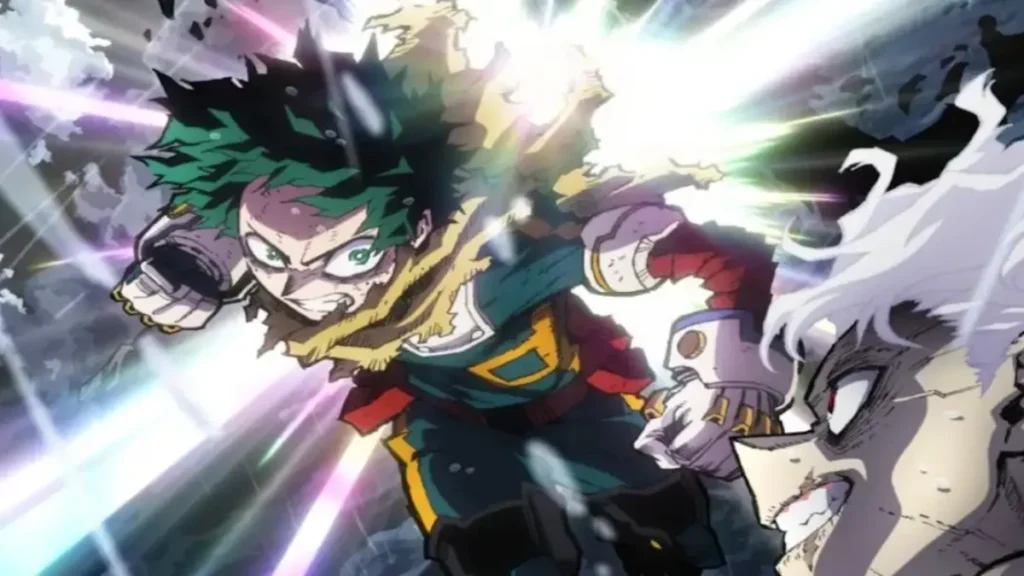
My Hero Academia (Boku no Hero Academia) is a Japanese superhero manga series written and illustrated by Kōhei Horikoshi. The “Final Season” primarily adapts two of the most intense, consequential, and devastating story arcs from the manga: The Paranormal Liberation War Arc and The Dark Hero Arc.
Season 6 is a monumental shift in the series’ tone, escalating from a superhero school drama to a full-scale, high-stakes war narrative.
Part 1: The Context – What Led to This Point?
Before diving into Season 6, it’s crucial to understand the setup from Season 5.
- The Meta Liberation Army: A powerful, organized group led by Re-Destro, who believes Quirks should be used freely without restriction. They are the ideological opposite of the Hero Society.
- The League of Villains’ Ascent: At the end of Season 5, Tomura Shigaraki and the League of Villains confront the Meta Liberation Army. In a shocking turn of events, instead of destroying each other, they merge. Shigaraki proves his power and conviction, and Re-Destro willingly subordinates his entire army to him.
- The Birth of The Paranormal Liberation Front (PLF): This merger creates a single, massive, and terrifying organization—the Paranormal Liberation Front. They have a clear goal: the complete and total destruction of the current hero society.
- The Heroes’ Intel: Through the self-sacrifice of the hero Lady Nagant and the infiltration of Hawks, the heroes learn the location of the PLF’s main base and their plan to launch a massive attack in four months.
The heroes are faced with a choice: wait and be destroyed, or strike first.
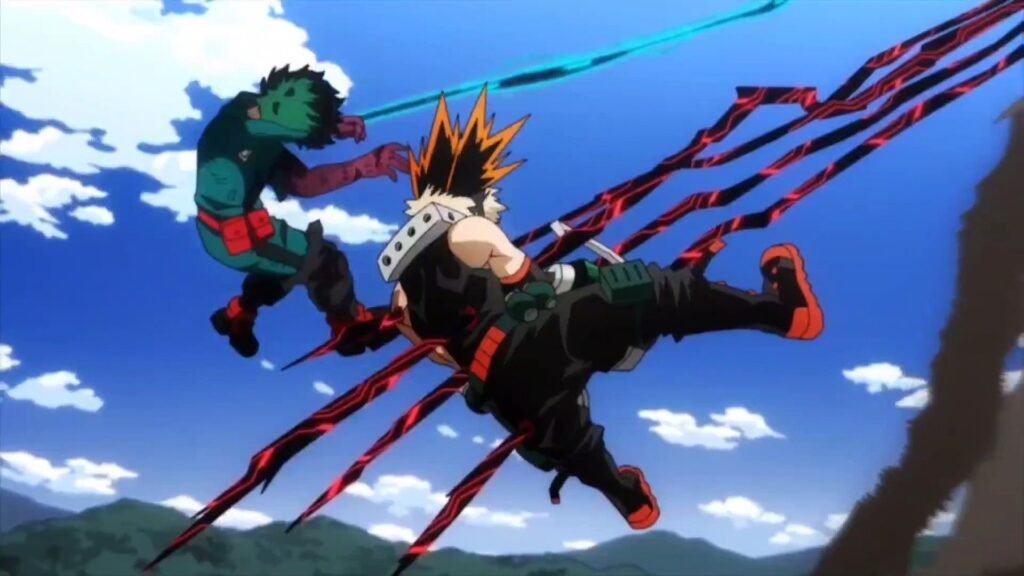
Part 2: The Story of Season 6 – The Paranormal Liberation War Arc (Episodes 1-13)
This arc is the core of the first half of Season 6 and one of the longest and most action-packed in the entire series.
The Heroes’ Strategy: A Two-Pronged Assault
Knowing they are outnumbered, the heroes devise a simultaneous, nationwide raid.
- The Vanguard: The top Pro Heroes (Endeavor, Best Jeanist, Edgeshot, etc.) and Class 1-A & 1-B’s most capable students (Deku, Bakugo, Shoto, etc.) launch a surprise attack on the PLF’s central hospital base, where Tomura Shigaraki is undergoing a procedure to awaken his full power.
- The Back-Up: Heroes and police forces across Japan simultaneously raid all other known PLF hideouts to prevent reinforcements.
The Battle Unfolds: Chaos and Carnage
The raid on the hospital base becomes an all-out war. The battles are strategically complex and brutally violent:
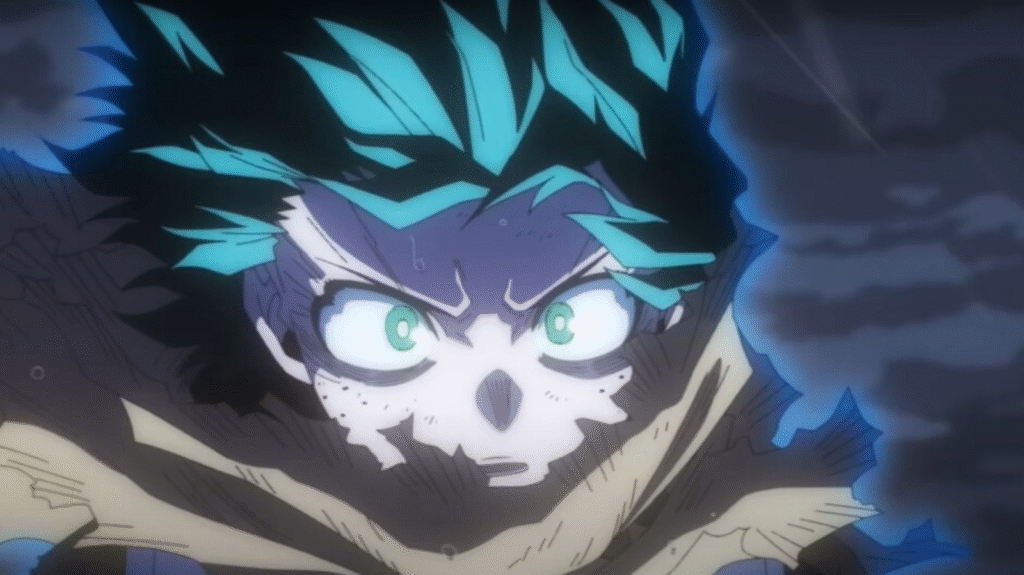
- Deku, Bakugo, and Shoto vs. Tomura Shigaraki: Shigaraki awakens before the procedure is complete, but he is already a near-unstoppable force. He possesses his original Decay Quirk, now massively amplified, along with enhanced speed, strength, and regeneration. He single-handedly decimates a city block and nearly kills Endeavor. This fight showcases the terrifying gap in power between the heroes and the ultimate villain.
- The Todoroki Family Drama: Dabi, who has been taunting Endeavor for seasons, finally reveals his true identity to the world. In a globally broadcasted moment, he exposes himself as Toya Todoroki, Endeavor’s presumed-dead eldest son. This revelation shatters Endeavor’s public image and personal redemption, and it emotionally cripples Shoto.
- Gigantomachia’s Rampage: The colossal beast Gigantomachia, carrying the rest of the League of Villains (Toga, Twice, Mr. Compress, Dabi), awakens and begins a cross-country rampage to reach his master, Shigaraki. He plows through cities and heroes alike, proving to be an unstoppable force of nature.
- The Twice Tragedy: This is one of the most emotionally impactful moments of the season. Hawks confronts Twice to prevent him from creating an infinite army of clones. Twice, having overcome his trauma and wanting to protect his friends, fights back with everything he has. In a heartbreaking scene, Hawks is forced to kill Twice to save millions of lives. Twice’s death is a major turning point, radicalizing the remaining League members, especially Toga.
The Aftermath: A Pyrrhic Victory and a Shattered Society
The heroes technically “win” the war:
- Shigaraki is captured and put into a temporary coma.
- Many high-ranking PLF members are arrested.
- Gigantomachia is subdued.
However, the cost is catastrophic:
- Hero Casualties: Many Pro Heroes are dead, retired, or critically injured.
- Public Trust is Destroyed: Dabi’s broadcast and the sheer scale of destruction have eroded all public confidence in heroes.
- The Villains are Martyred: Twice is dead, and the League, though scattered, is now more determined than ever. They are seen as victims and revolutionaries by a disillusioned public.
- Society Collapses: With the symbol of peace (All Might) long gone and the symbol of Endeavor’s redemption shattered, Japan plunges into chaos. Crime rates skyrocket, and anarchy reigns.
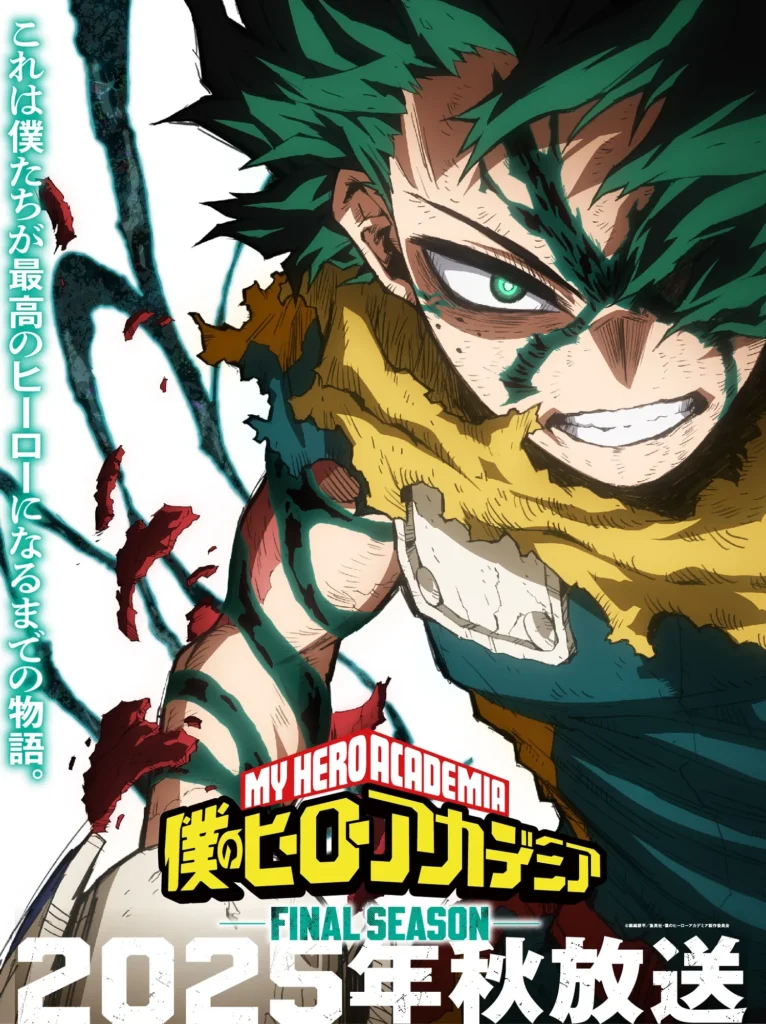
Part 3: The Story of Season 6 – The Dark Hero Arc (Episodes 14-21)
In the wake of the war, the story shifts focus to a darker, more personal narrative centered on Izuku Midoriya.
The Fall of Hero Society
With society in collapse, the Hero Public Safety Commission is disbanded. The remaining heroes are overwhelmed and cannot handle the surge of villains and civil unrest.
Deku’s Burden and Transformation
Deku, haunted by the vision of a future where Shigaraki kills everyone, makes a radical decision. He leaves U.A. High School to become a solo, independent hero.
- The “Dark Hero”: This version of Deku is a stark contrast to the cheerful boy we knew. He is sleepless, perpetually covered in dirt and blood, and operates with a frightening, ruthless efficiency. He pushes his body to the absolute limit, using 45% of One For All and the full power of the other Vestiges (Danger Sense, Blackwhip, Fa Jin, Smokescreen).
- The Hunt for All For One: Deku’s primary goal is to hunt down All For One (who has now fully possessed Shigaraki’s body) and the remaining League members before they can regroup. He becomes a lone wolf, a symbol of relentless pursuit.
The Consequences of Solitude
Deku’s solitary mission takes a heavy toll:
- Physical and Mental Exhaustion: He is constantly on the verge of collapse.
- Alienation: The public begins to fear him, calling him a “monster” or a “villain” due to his terrifying appearance and methods.
- The Divide with U.A.: His friends and teachers at U.A. are desperately worried about him. They see him crumbling under the weight of a burden he refuses to share.
The Climax: “You’re Not Alone”
The season’s emotional climax occurs when Class 1-A, led by a determined Uraraka and a humbled Bakugo, intervenes. They confront a fatigued and cornered Deku, who is being hunted by several villains and a hostile public.
- Bakugo’s Atonement: In a powerful scene, Bakugo delivers a heartfelt apology to Deku for his years of bullying and acknowledges Deku’s strength. He begs him to come back, stating that they all want to fight alongside him.
- Uraraka’s Plea to the Public: Uraraka uses her platform to speak to the terrified citizens, humanizing Deku and reminding everyone that heroes are people who need support, not fear.
- The Return: Moved by his friends’ unwavering support, a broken Deku finally accepts their help and returns to U.A. This moment reinforces the series’ core theme: true heroism isn’t about bearing burdens alone, but about the strength found in community.
The Finale: The Calm Before the Storm
The season ends with U.A. High School being converted into a fortified fortress, the last bastion of peace and order in Japan. All For One, now in complete control, declares a final, all-out war on U.A. and Deku. The stage is set for the ultimate battle.
Part 4: Key Themes of Season 6
- The Cost of War: The season doesn’t shy away from the brutal reality of a superhero conflict. There are significant deaths, trauma, and psychological scars on both sides.
- The Fragility of Society: It explores how quickly law and order can collapse when the symbols that uphold them are broken.
- The Burden of Power: Deku’s journey exemplifies the immense psychological weight that comes with great power and the danger of trying to carry it alone.
- The Gray Morality of Heroism: Heroes are forced to make morally questionable decisions (Hawks killing Twice), blurring the line between “good” and “necessary.”
- The Power of Community vs. Individualism: The central conflict of the Dark Hero Arc is the idea that one person, no matter how powerful, cannot save the world alone.
Conclusion
My Hero Academia Season 6 is the series’ epic turning point. It successfully transitions from a coming-of-age story to a gritty, war-torn saga. It is characterized by its high stakes, emotional depth, character deconstruction (especially of Deku), and its willingness to break the status quo completely. It sets the stage for the final act of the series, where the fate of hero society and the world itself will be decided. It is, without a doubt, one of the most critically acclaimed and intense seasons of the entire show.
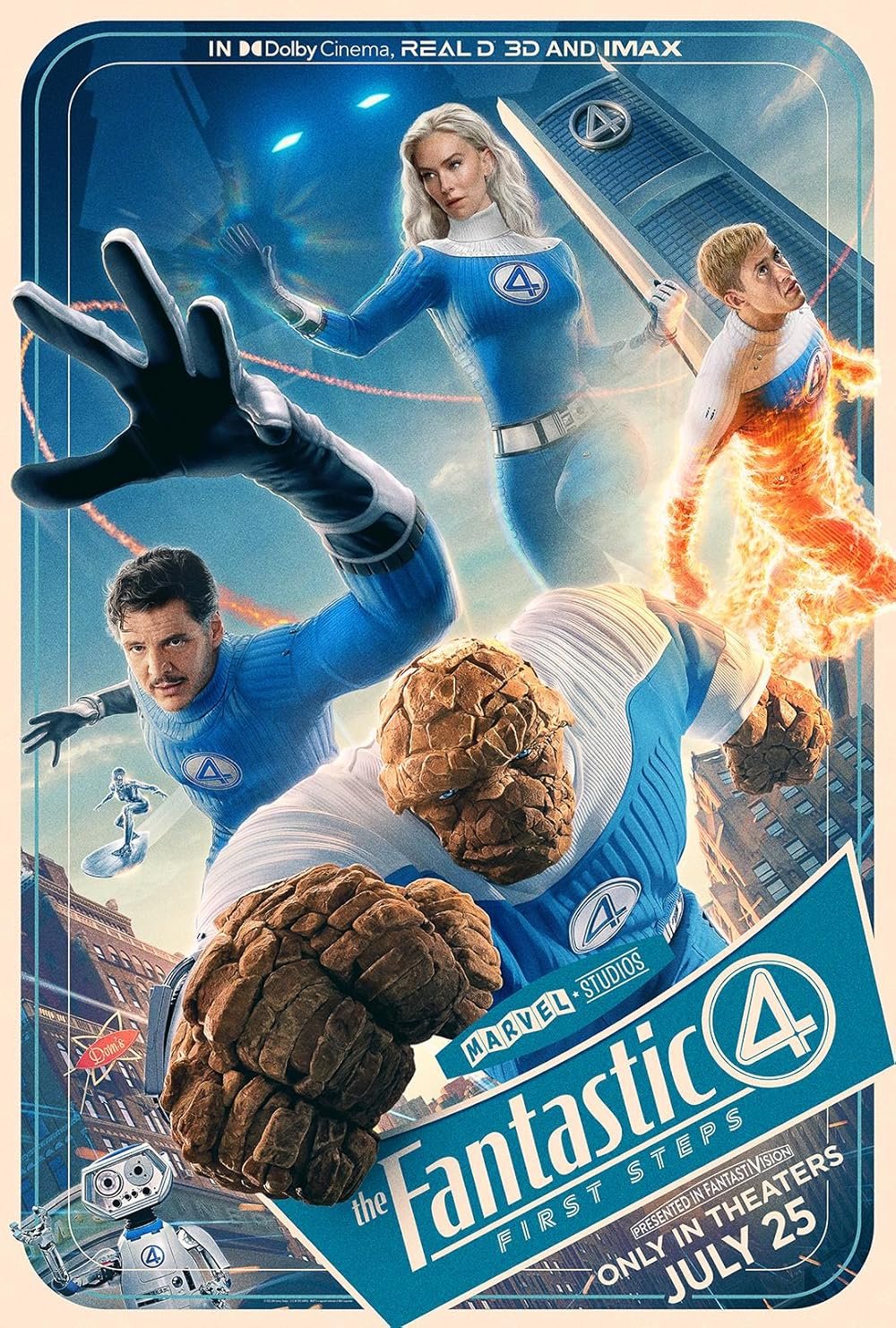
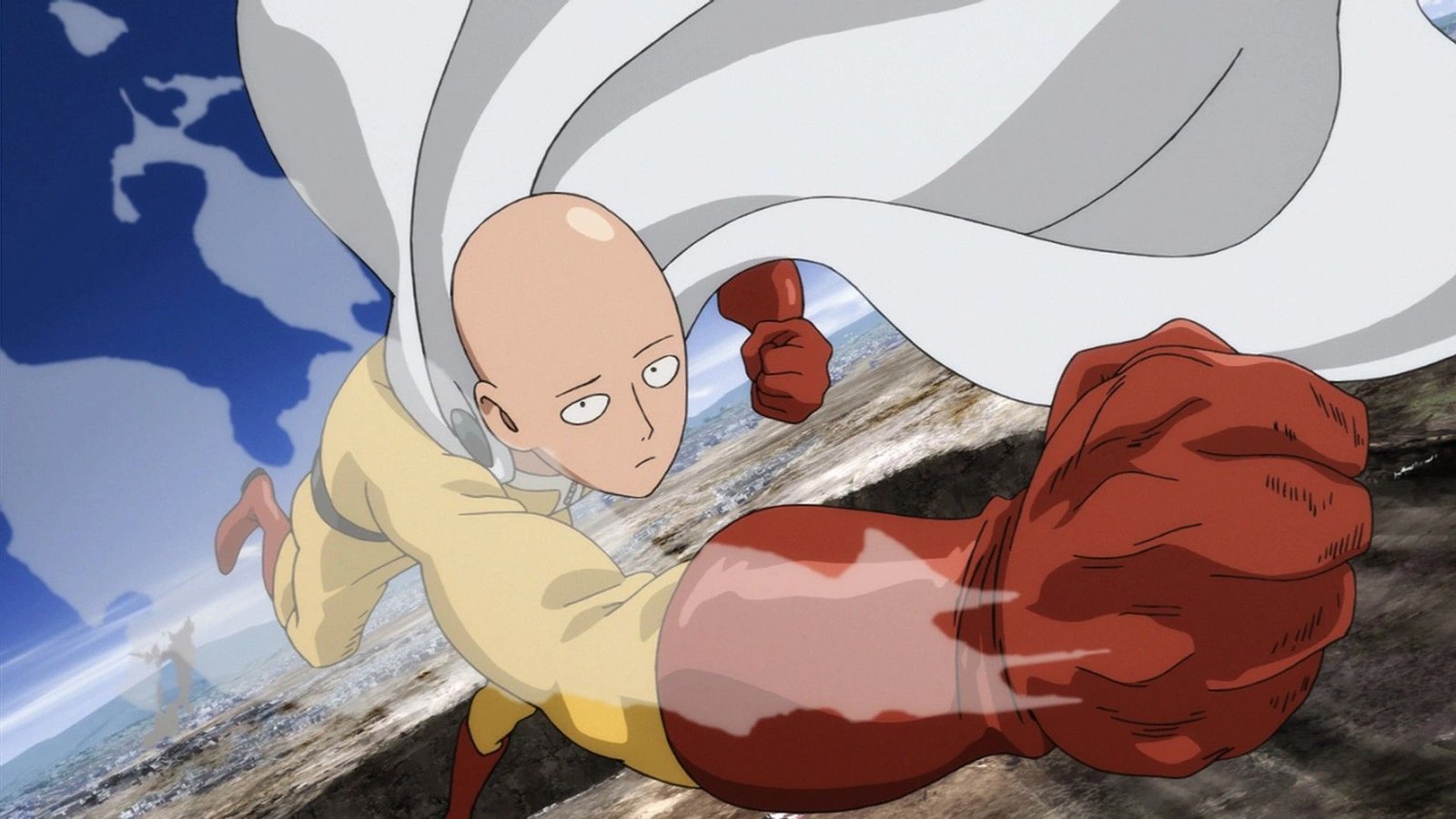
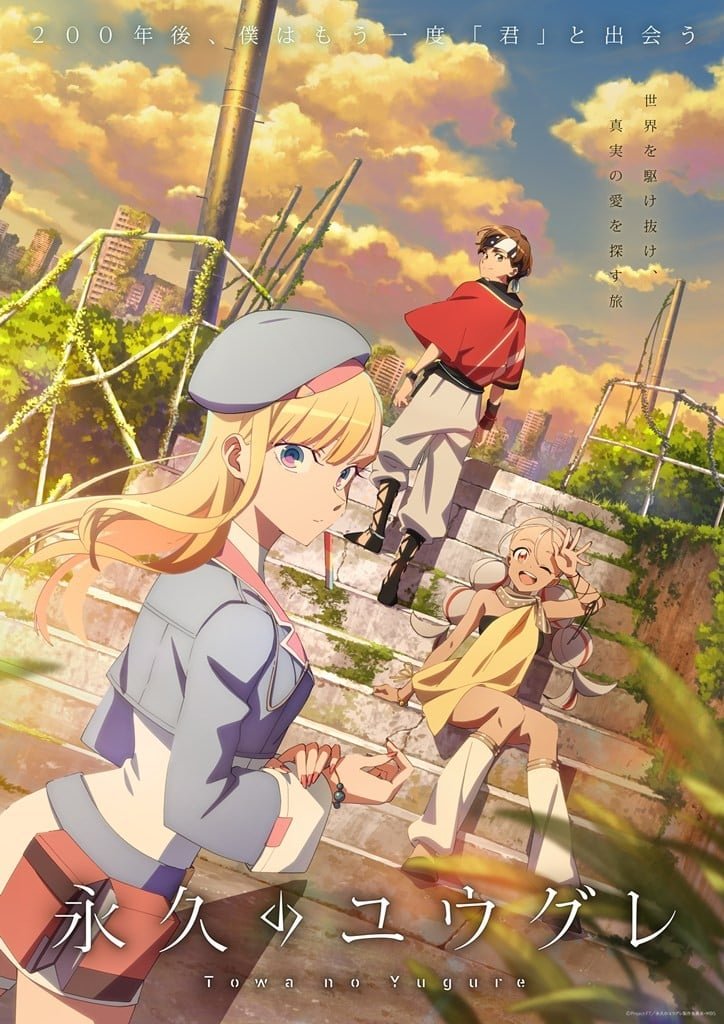
Leave a Reply